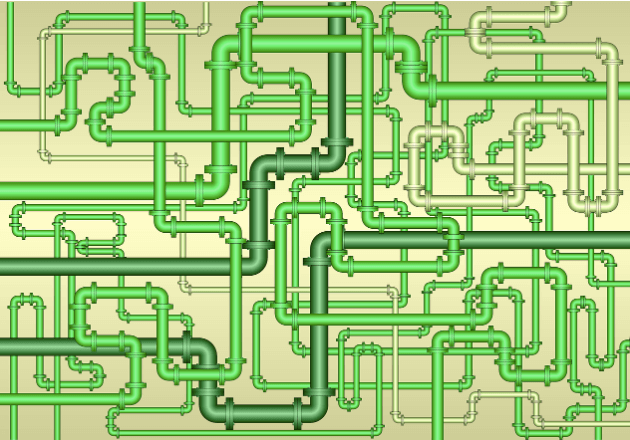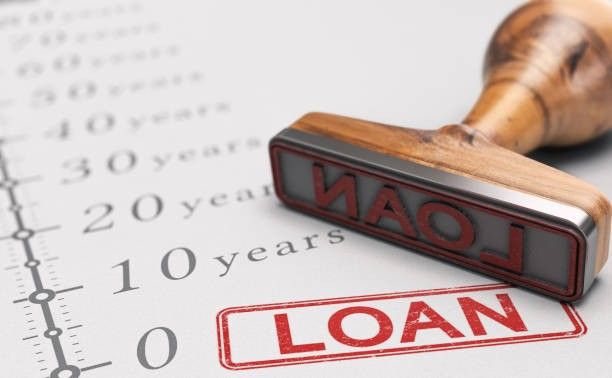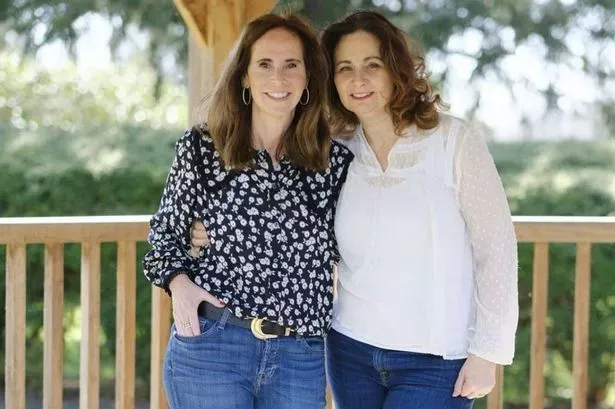Water is one of our most precious resources, yet it is often taken for granted. With growing concerns about water scarcity and the environmental impact of excessive water use, the plumbing industry is increasingly turning to technology to create more sustainable solutions.
From smart faucets to advanced leak detection systems, tech innovations are playing a crucial role in reducing water waste and promoting eco-friendly practices in both residential and commercial settings. Additionally, opting for a fake lawn can significantly reduce water consumption, providing a green and attractive outdoor space without the need for constant irrigation.
This article explores how these technological advancements are making plumbing more sustainable and helping to conserve water.
The Growing Need For Sustainable Plumbing
Water scarcity is becoming an increasingly pressing issue worldwide. According to the United Nations, by 2025, half of the world’s population could be living in water-stressed areas. In the face of these challenges, the plumbing industry has a critical role to play in ensuring that water is used more efficiently and sustainably.
Traditional plumbing systems, while functional, are often inefficient and prone to leaks, which can lead to significant water waste. The Environmental Protection Agency (EPA) estimates that the average household’s leaks can account for nearly 10,000 gallons of water wasted every year. In the commercial sector, the impact of inefficient plumbing can be even more substantial. As a result, there is a growing demand for plumbing solutions that not only meet the needs of users but also minimize water consumption and waste.
Smart Faucets And Fixtures
One of the most visible innovations in sustainable plumbing is the advent of smart faucets and fixtures. These devices use sensors to detect when a user’s hands are under the faucet, automatically turning the water on and off. This eliminates the need to manually operate the faucet, reducing the chances of leaving it running unnecessarily.
Smart faucets are particularly effective in public restrooms, where water waste is often high due to users leaving the faucet running while they wash their hands. In addition to reducing water waste, these faucets can also help lower energy consumption by ensuring that hot water is only used when necessary.
Another innovative fixture is the low-flow toilet, which uses significantly less water per flush than traditional toilets. Some models even feature dual-flush options, allowing users to select a lower volume of water for liquid waste and a higher volume for solid waste. These technologies are increasingly being adopted in homes and businesses, contributing to significant reductions in water use.
Leak Detection And Prevention
Leaks are a major source of water waste, often going unnoticed until they cause significant damage. Traditional plumbing systems rely on users to detect leaks, which can be difficult, especially in hidden or hard-to-reach areas. However, modern technology is changing this by enabling early detection and prevention of leaks.
Smart leak detection systems use sensors placed throughout the plumbing system to monitor water flow and pressure. When the system detects unusual activity that could indicate a leak, it sends an alert to the homeowner or facility manager, allowing them to take immediate action. Some systems can even automatically shut off the water supply to prevent further damage.
According to experienced professionals at Everywhere Plumbing "These innovations not only help conserve water by addressing leaks early, but also protect homes and businesses from the costly repairs associated with water damage." The ability to monitor and manage plumbing systems remotely adds another layer of convenience and efficiency, making it easier for users to maintain a sustainable plumbing system.
Greywater Recycling Systems
Another significant innovation in sustainable plumbing is the use of greywater recycling systems. Greywater refers to the relatively clean wastewater from baths, sinks, washing machines and other household appliances. Instead of being discarded, this water can be treated and reused for non-potable purposes, such as irrigation, toilet flushing and even laundry.
By recycling greywater, homes and businesses can significantly reduce their freshwater consumption. For instance, a typical greywater system can save thousands of gallons of water annually by reusing water that would otherwise go to waste. These systems are becoming increasingly popular in areas facing water shortages, as they provide a practical and sustainable way to reduce overall water demand.
Smart Irrigation Systems
For properties with extensive landscaping, irrigation is often a significant source of water use. Traditional irrigation systems can be wasteful, especially if they are not properly maintained or if they operate on a fixed schedule that doesn’t account for weather conditions. However, smart irrigation systems are changing the game by optimizing water use for landscaping.
These systems use weather data and soil moisture sensors to determine the exact amount of water needed for the lawn and garden. They can adjust watering schedules based on real-time conditions, ensuring that plants receive the right amount of water without wasting any. Additionally, smart irrigation systems can be controlled remotely via smartphone apps, allowing homeowners and property managers to make adjustments as needed, even when they’re not on-site.
Water-Efficient Appliances
In addition to plumbing fixtures and systems, water-efficient appliances play a key role in sustainable plumbing. Modern dishwashers, washing machines and water heaters are designed to use less water without compromising performance. For example, high-efficiency washing machines use up to 50% less water than traditional models by adjusting water levels based on the load size.
Similarly, tankless water heaters heat water on demand, reducing the amount of water wasted while waiting for it to reach the desired temperature. These appliances are not only beneficial for conserving water but also help reduce energy consumption, making them an essential part of any sustainable plumbing strategy.
The Role of Building Codes and Regulations
As technology advances, building codes and regulations are also evolving to promote sustainable plumbing practices. Many regions now require the use of water-efficient fixtures and appliances in new construction and renovation projects. These regulations help ensure that sustainability is built into the very fabric of our homes and businesses.
In addition to mandatory codes, certification programs like LEED (Leadership in Energy and Environmental Design) encourage the adoption of green building practices, including sustainable plumbing. By meeting these standards, property owners can reduce their environmental impact, lower operating costs, and increase the value of their buildings.
The Bottom Line
Sustainable plumbing is no longer a niche concern but a critical aspect of modern building and home management. As technology continues to evolve, so too will the ways in which we manage and conserve our water resources.
From smart faucets and leak detection systems to greywater recycling and water-efficient appliances, these innovations are making it easier than ever to reduce water waste and promote sustainability. By embracing these technologies, homeowners and businesses alike can play a part in protecting our most valuable resource—water—while also benefiting from lower utility bills and a reduced environmental footprint.





